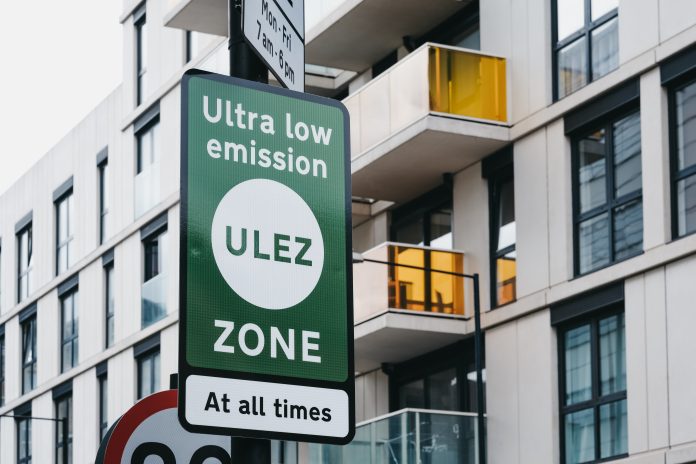Anna Cartledge, partner and planning expert at law firm Shakespeare Martineau comments on the introduction of clean air zones around the world, clarifying how they will transform air pollution levels and save lives
To meet the World Health Organisation’s (WHO) air pollution guidelines, clean air zones (CAZ) are popping up across the UK and Europe. CAZs are being introduced in areas where the local authority is seeking to reduce the amount of traffic-based air pollution, as part of contributions towards the UK’s climate goals. Reducing air pollution will deliver tangible health benefits to those living nearby, and by reducing the amount of illness and therefore days taken off work, this can also support the country’s economic growth.
Broadly speaking, there are two categories of CAZ – charging and non-charging. Non-charging zones typically focus on improving the air quality via measures such as more sustainable transport modes, including cycle lanes and improved public transport links. In contrast, charging zones require payment from certain older vehicles looking to enter and move within the designated zone. Typically, the monitoring of this is carried out by automatic number plate recognition cameras, which are installed around the CAZ perimeter. Failure to pay within the designated window can result in a hefty penalty fee.
While it was initially thought that the charge would only apply to commercial vehicles such as buses, taxis and HGVS, a legal battle resulted in all private motorists with high emission vehicles being required to pay the fee. The price of the charge is determined by the local authority, so does vary from location to location. It can also be impacted by the type and Euro standard of the car, so for electric and low emission cars, the charges are not applicable.
In Europe, similar schemes are also taking place, with approximately 300 low emission zones spread across the continent in countries such as France, Germany, Portugal and Italy. For example, in France, restricted zones are in place, which requires vehicle owners to purchase and physically display a sticker before they are allowed to enter. Time constraints are also in place to prevent older vehicles from accessing the area at certain times of the day. While the schemes vary according to country, the end goal remains the same, to reduce air pollution.
With research recently revealing that a staggering ten million people die from air pollution every year, the value of CAZs is not to be underestimated. The level of NO2 concentration around roads was identified as one of the most immediate challenges in the UK, which triggered the Government to take steps to allow local authorities to introduce low emission zones. Alongside reducing the levels of NO2 and particulate matter that are released into the atmosphere in the first place, clean air zones and low traffic neighbourhoods can play an important role in creating a healthier and wealthier economy. By working closely with regional and devolved authorities, the Government hopes to achieve national results in reducing air pollution.
With more appearing every year, clean air zones aim to slowly discourage the use of high emission vehicles, before eradicating them completely by 2040. In a bid to play their part and encourage drivers to make the switch, an increasing number of car manufacturers are also switching their research and development efforts to creating vehicles suitable for a low carbon future.











